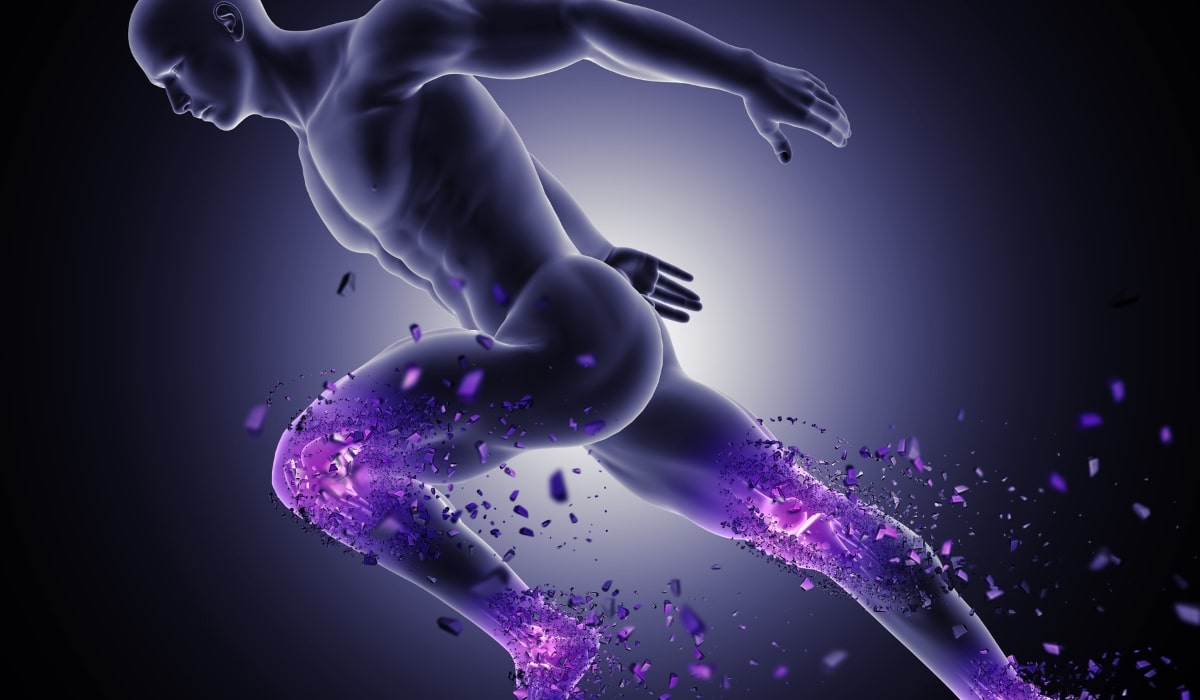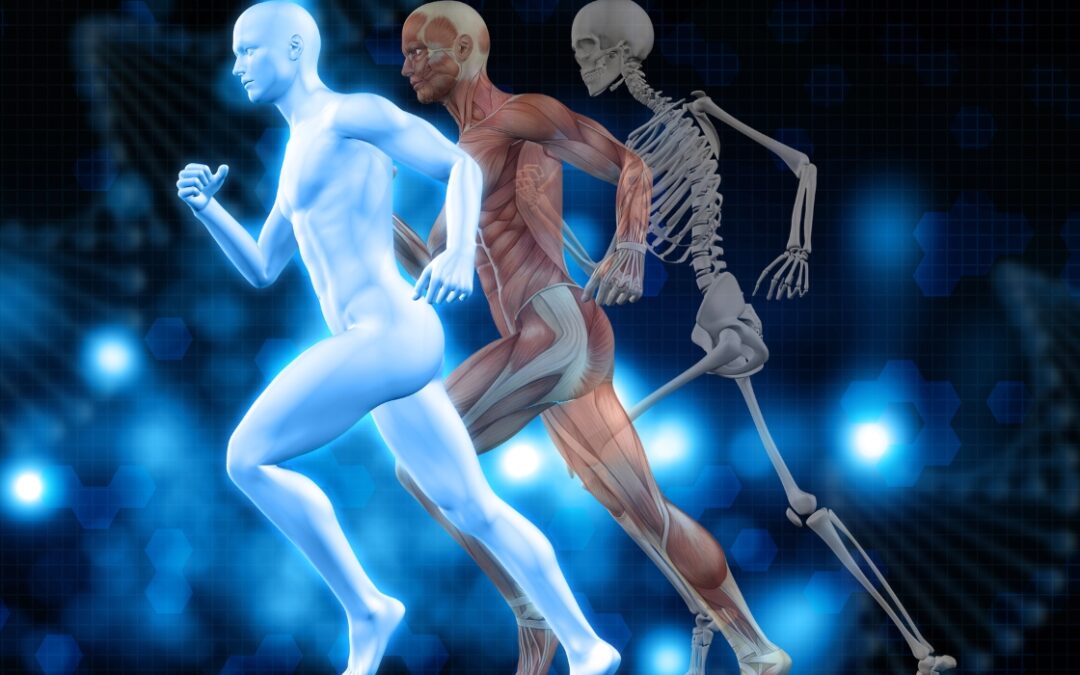Proprioceptive Deep Tendon Reflex (or P-DTR) is a revolutionary approach that is taking the field by storm. If you’ve been searching for answers to chronic pain or mobility issues, then you’re in the right place.
Get ready to discover how P-DTR can unlock the secrets of your body’s neurological system and unleash its true potential. So sit back, relax, and prepare yourself for an eye-opening journey into the science behind P-DTR from the experts here at Pain and Performance Solutions!
How P-DTR Works: The Neurological Approach
Here at Pain and Performance Solutions, we take a unique neurological approach to address musculoskeletal issues. Unlike traditional physical therapy methods that focus solely on the muscles and joints, P-DTR recognizes the significance of the nervous system in maintaining optimal health.
P-DTR aims to identify and correct dysfunctional patterns within the nervous system that may be contributing to pain or limited mobility due to faulty nerve firing patterns. By targeting specific nerve receptors within tendons, ligaments, muscles, and skin, we can assess and treat proprioceptive dysfunction.
Proprioception refers to our body’s ability to sense its position in space. When this function is compromised due to injury or trauma, it can lead to compensation throughout the body and improper body alignment. With P-DTR techniques, we can restore proper communication between sensory receptors and the brain.
By working directly with the nervous system, P-DTR offers a more comprehensive approach for improving musculoskeletal health. It allows us to address not only symptoms but also their underlying causes. This holistic perspective ensures long-lasting results by promoting balanced movement patterns and optimal neural communication.
During a session at Pain and Performance Solutions, our skilled team of practitioners will assess your individual needs through extensive muscle testing protocols. From there, they will develop a customized treatment plan using various neuro-proprioceptive techniques tailored specifically for you.
Through targeted manual therapy interventions paired with precise functional exercises designed for neuromuscular re-education, we aim to reset dysfunctional neural pathways and promote optimal healing within your body.

Benefits of P-DTR for Musculoskeletal Health
P-DTR, or Proprioceptive Deep Tendon Reflex, offers a unique approach to improving musculoskeletal health. By targeting the nervous system and its role in muscle function, P-DTR aims to address the root cause of pain and dysfunction rather than simply treating symptoms.
- One of the key benefits of P-DTR is its ability to provide precise and targeted treatment. Through a comprehensive assessment process, P-DTR practitioners can identify specific areas of dysfunction within the nervous system that may be contributing to musculoskeletal issues. By addressing these underlying neurological imbalances, individuals can experience more efficient movement patterns and improved overall function.
- Another advantage of P-DTR is its focus on restoring proper communication between the brain and muscles. Often, musculoskeletal problems arise due to misinterpretation or distortion of sensory information by the nervous system. By reestablishing accurate proprioceptive feedback through specialized techniques, P-DTR helps optimize muscle coordination and prevent compensatory patterns that can lead to chronic pain.
- Additionally, P-DTR has been shown to produce rapid results in many cases. Unlike traditional physical therapy methods which often require multiple sessions over an extended period before noticeable improvement occurs, patients undergoing P-DTR treatments often experience immediate relief from their symptoms.
- Furthermore, because it addresses neurological imbalances at their source rather than solely focusing on muscular strength or flexibility like traditional therapies do; it’s highly suitable for athletes looking for enhanced performance gains as well as individuals seeking long-term sustainable solutions for their musculoskeletal health concerns.
Incorporating P-DTRE into your routine could be a game-changer when it comes down to not just dealing with acute injuries but also preventing them altogether! Whether you’re an athlete striving for optimal performance or someone recovering from chronic pain – incorporating this groundbreaking approach could help you achieve your musculoskeletal health goals and pain relief more effectively and efficiently.
Proprioceptive Deep Tendon Reflex vs Traditional Physical Therapy
When it comes to addressing musculoskeletal issues, traditional physical therapy has long been the go-to treatment option. However, a revolutionary approach known as Proprioceptive Deep Tendon Reflex (P-DTR) is gaining recognition for its effectiveness in resolving these issues at their root cause.
While traditional physical therapy focuses on treating symptoms and muscle imbalances using manual techniques and exercises, P-DTR takes a more neurological approach. By targeting the nervous system’s role in controlling our muscles and movement patterns, P-DTR aims to restore optimal function by identifying and correcting specific neuroreceptor dysfunctions.
Unlike traditional physical therapy which often relies on generalized protocols for treatment, P-DTR is highly individualized. Each session begins with an assessment of the patient’s neuroreceptor dysfunctions to create a personalized treatment plan that directly addresses their unique needs.
The benefits of P-DTR for musculoskeletal health are numerous. By pinpointing and resolving neuroreceptor dysfunctions, P-DTR can lead to improved flexibility, reduced pain levels, enhanced athletic performance, increased range of motion, and overall better functional movement patterns.
Patients who have struggled with chronic pain or disabilities have experienced remarkable improvements after undergoing this groundbreaking treatment approach. From professional athletes looking to optimize their performance to individuals seeking relief from everyday discomforts – the results speak for themselves.
How Does P-DTR Differ from Traditional Physical Therapy?
While both approaches aim to address musculoskeletal issues, they operate on different principles. Traditional physical therapy typically targets muscles or joints directly whereas P-DTR recognizes that any dysfunction within the neuromuscular system can contribute to pain or limitations in movement.
By incorporating P-DTR into your routine alongside other therapies or exercise regimens you may already be doing – such as yoga or strength training – you’re taking proactive steps towards optimizing your musculoskeletal health. P-DTR can help identify any underlying neuroreceptor dysfunctions that may be limiting your progress and provide targeted interventions to address them.
While traditional physical therapy can be effective in managing musculoskeletal system issues, P-DTR offers a unique approach that may lead to better outcomes for those seeking to resolve the root cause of their discomfort. By targeting the nervous system and addressing neuroreceptor dysfunctions, P-DTR aims to restore optimal function and improve overall well-being.

Incorporating Proprioceptive Deep Tendon Reflex into Your Routine
Incorporating P-DTR into your routine can be a game-changer for your musculoskeletal health. Whether you’re an athlete looking to enhance performance, or someone dealing with chronic pain, this innovative therapeutic approach offers a fresh perspective on treating the root cause of discomfort.
One of the great things about P-DTR is its versatility. It can be used as a standalone therapy or integrated into other treatment modalities. This means that it can easily fit into your existing wellness routine without causing major disruptions.
Unlike traditional physical therapy methods that often focus solely on muscles and joints, proprioceptive deep tendon reflex takes a neurological approach to healing. By addressing dysfunctional sensory input and resetting faulty nerve reflexes, it helps restore proper communication between the brain and body. This in turn allows for improved movement patterns and decreased pain by means of neurorehabilitation.
Another key benefit of incorporating P-DTR is its ability to provide long-lasting results. Unlike treatments that simply mask symptoms temporarily, P-DTR aims to resolve underlying issues at their source. By targeting proprioceptive imbalances and addressing neural dysfunctions, it promotes rehabilitation in how your body functions.
If you’re curious about trying out P-DTR for yourself, reach out to Pain and Performance Solutions today! Our team of experts will guide you through the process and create a personalized plan tailored specifically to your needs.
The Future of Musculoskeletal Health with P-DTR Starts with Pain and Performance Solutions
At Pain and Performance Solutions, our team of experts is well-versed in the science behind proprioceptive deep tendon reflex. Through this neurological approach, we can accurately assess and treat movement dysfunctions within your body’s functional neurology system.
By targeting specific receptors responsible for muscle function, proprioception, and sensory input, we are able to create lasting changes that promote optimal musculoskeletal health. Contact Pain and Performance Solutions today and let us help you regain comfort in your life.

